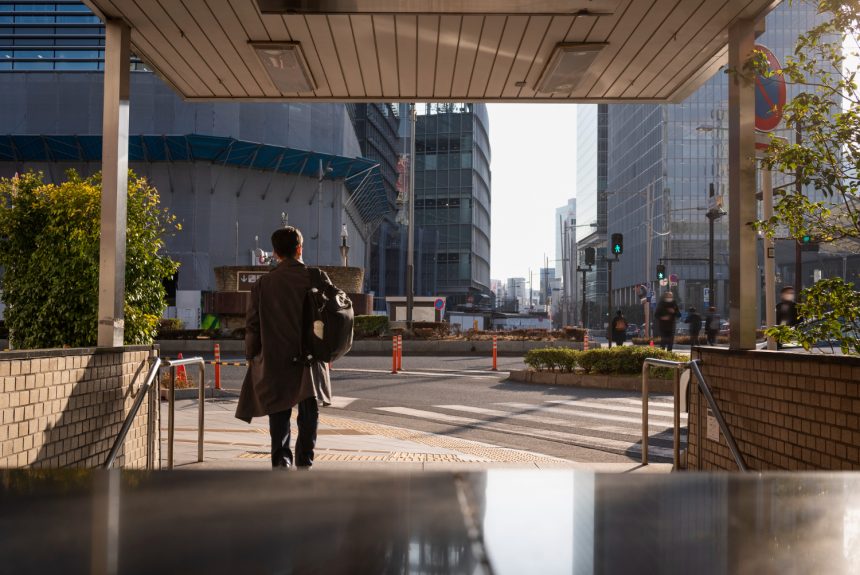Exploring the Shift: How Pedestrians Are Changing the Way We Experience Modern City Streets
In recent years, our cities have been going through quite the transformation. If you take a moment to notice, you’ll see that the sidewalks we stroll on and the crosswalks we cross daily are no longer just transit pathways for vehicles—they’re becoming vibrant, people-centric spaces. The days when city streets were primarily designed for cars are slowly fading, and in their place, we’re witnessing an exciting shift toward pedestrian-friendly environments.
This change isn’t just about the looks; it’s about reimagining urban spaces to put people front and center. Think wider sidewalks that invite leisurely walks, pedestrian-only zones that turn busy streets into open-air festivals, and innovative urban designs that encourage walking, biking, and socializing. Modern streets are also integrating smarter traffic management systems and green elements, making cities healthier and more livable.
Why the shift? Because increasing numbers of city dwellers and visitors are craving safer, more accessible, and engaging public spaces. Walking is no longer seen just as a means of getting from point A to B — it’s becoming a way to connect with the city and its community, to explore hidden corners, enjoy street art, or just soak in the urban vibe.
This evolution is happening all around the world—whether it’s New York’s expanded pedestrian plazas, Copenhagen’s bike-friendly streets, or small European towns redesigning their main streets for pedestrians. It’s clear that making streets more welcoming for people benefits everyone: residents, visitors, local businesses, and the environment alike.
So, as we look around, what are some of the most interesting ways streets are transforming? And how is this new pedestrian-focused approach shaping the future of urban living? Let’s walk through the latest trends, design innovations, and community efforts making our city sidewalks more lively and safe for all.
The Future of Urban Walking: Innovations, Challenges, and What Comes Next in Making City Streets More Pedestrian-Friendly
The future of city streets is all about putting pedestrians first, and there’s a lot to look forward to—along with some hurdles along the way. Here’s a rundown of some of the coolest innovations, challenges faced, and where things might be headed.
Innovations Making Streets Safer and More Inviting
1. Pedestrian Zones and Car-Free Streets:
Many cities are creating dedicated areas where cars are banned or restricted. Think of downtown squares closed off to traffic on weekends or shops and cafes spilling onto the streets, turning them into lively social spaces. These zones reduce noise, air pollution, and make walking more pleasant.
2. Wider and More Comfortable Sidewalks:
Cities are expanding sidewalks and adding features like benches, greenery, and shade structures. This makes walking more comfortable, encouraging people to stroll instead of just rushing through.
3. Interactive Urban Design:
Smart streetlights, digital wayfinding signs, and interactive public art are becoming more common. These elements help pedestrians navigate, engage with their surroundings, and feel more connected.
4. Green and Walkable Infrastructure:
Incorporating trees, rain gardens, and permeable pavements not only beautifies streets but also manages stormwater and reduces urban heat. Green streets promote health and well-being for pedestrians.
5. Innovative Crosswalks and Traffic Calming Devices:
From raised crosswalks to flashing lights that alert drivers, these designs slow down traffic and make pedestrian crossings safer, especially at busy intersections.
Challenges Along the Road
1. Balancing Traffic and Pedestrians:
One big challenge is managing the needs of drivers versus pedestrians. Cities need to find the right mix so that traffic flows smoothly without endangering walkers.
2. Funding and Maintenance:
Green infrastructure, street redesigns, and technology upgrades require significant investment. Keeping these features maintained also poses ongoing challenges.
3. Inclusivity and Accessibility:
Designs must serve everyone—including seniors, people with disabilities, and kids. Accessibility is key to truly pedestrian-friendly streets.
4. Resistance to Change:
Not everyone is immediately on board; some residents or business owners may worry about losing parking spots or traffic flow. Building consensus and demonstrating benefits are crucial.
What’s Next?
Looking ahead, the trend is clearly toward more human-centered streets. We might see more cities adopting “15-minute city” concepts, where everyday needs like grocery stores, parks, and schools are accessible by foot or bike within a short walk or bike ride.
Technology will continue to play a big role—think pedestrian sensors, augmented reality experiences, and smart traffic lights that adapt in real time. There’s also a push for more sustainable and resilient street design, incorporating green infrastructure to combat climate change.
Finally, community engagement will be more important than ever. When residents help shape their streets, the results are more innovative, inclusive, and successful.
Wrapping Up
The evolution of city streets through the eyes of pedestrians is transforming urban life in exciting ways. The modern cityscape is shifting from a vehicle-dominated grid to vibrant, accessible, and engaging spaces that prioritize people. As innovations continue and challenges are addressed, walking and exploring become more inviting, safe, and enjoyable.
So next time you stroll through your neighborhood or explore a new part of town, take a moment to appreciate how the streets are changing—and imagine the possibilities for making urban living even better, one step at a time.










